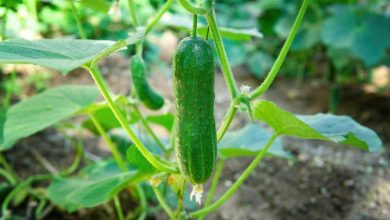Cat’s Claw Plant: [Crop, Irrigation, Associations, Pests and Diseases]
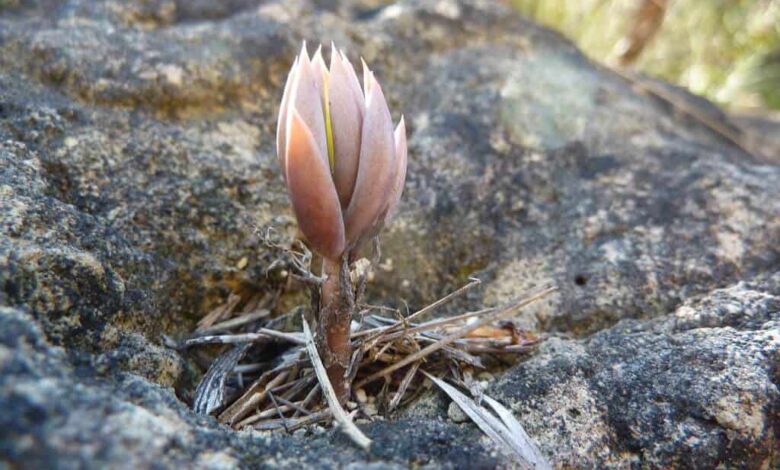
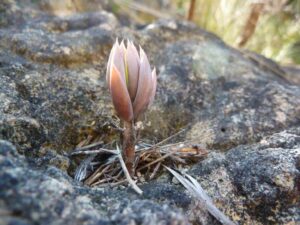 Where to sow? In full light. It needs direct sunlight.
Where to sow? In full light. It needs direct sunlight.- When? In spring
- How do we prepare the land? Removed, eliminating weeds . With substrate based on garden soil.
- How do we water? With drip .
- How often do we water? In summer , 1 or 2 times a week. The rest of the year waterings spaced.
- Plagues and diseases? Viscous aphids , fungal disease caused by excess moisture.
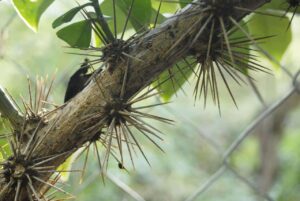 Cat’s claw is a perennial plant, with a creeping bearing that can spread over large areas.
Cat’s claw is a perennial plant, with a creeping bearing that can spread over large areas.
It has succulent leaves of a tapered shape, with a waxy texture and triangular section, they are curved upwards.
The flower of this succulent, with a diameter of 6 to 9 cm, is very beautiful and resembles very large daisies . Its petals are purple , yellow or orange with yellow stamens.
Cat’s claw is a medicinal plant highly valued for its healing properties, among which it is said that it can strengthen the immune system, an aid in treatments for AIDS and cancer.
In indigenous communities of the Amazon, cat’s claw has been used as an anti-inflammatory against arthritis, osteoarthritis, osteoarthritis and rheumatic diseases. The origin of the cat’s claw plant can be found in Australia, Europe and America in addition to the Mediterranean areas.
When to sow the cat’s claw plant?
The best time for its cultivation is during spring or early fall .
Where to do it?
This plant tolerates high temperatures, but not frost. The cat’s claw plant can be grown very well in coastal regions and in beach house gardens.
How to prepare the land?
The cat’s claw plant is not picky about soil quality and can easily reproduce even using garden soil, but the most important thing is that it has good drainage.
 Cat’s claw cultivation thrives in almost all types of soils, poor and sandy, but neutral soils are ideal as they tolerate a wide pH range.
Cat’s claw cultivation thrives in almost all types of soils, poor and sandy, but neutral soils are ideal as they tolerate a wide pH range.
After many experiments carried out, science has invented chemical powders and fertilizers that tune the soils for the cultivation of cat’s claw and any other plant.
However, the cat’s claw plant is not limited by the type of soil in its development since it can reproduce even in the sand itself.
How do we water the cat’s claw plant?
 Being a species of the crass type, the cat’s claw can receive moderate watering during the year, but in summer it should be watered a little more.
Being a species of the crass type, the cat’s claw can receive moderate watering during the year, but in summer it should be watered a little more.
It resists droughts since its structure helps it to store water with which it can cope with dry climates.
With once or twice a week during hot summers and less watering the rest of the year, you can live very well and thrive. Its extremely high resistance to drought makes it highly valued for revegetating dry and steep slopes in coastal areas.
How do we sow a cat’s claw plant step by step?
The cat’s claw plant species is produced very easily, since it does not require much care. It can be reproduced by cuttings or with seeds.
Sowing through seeds
 The method of sowing cat’s claw through seeds is very simple. You simply need to shake the dried flowers to help distribute the seeds if you want a fresh harvest next season.
The method of sowing cat’s claw through seeds is very simple. You simply need to shake the dried flowers to help distribute the seeds if you want a fresh harvest next season.
Once the seeds are in the ground, it will be enough to water, without causing puddles and waiting for the germination of the plant. The location of the plant should be directed to the south, directly in the sun and take care of it from frost.
Sowing with cuttings
The reproduction of cat’s claw through cuttings can be done with a piece of stem from the plant itself, carrying out the following steps:
- Cut a stem from the panta.
- Immerse it in water for 24 hours.
- Select normal substrate or even sand with good drainage.
- Plant it in a pot.
- Water without flooding.
Its establishment occurs in a very simple way and is usually successful. It is recommended to place a fertilizer , annually, to promote flowering.
What favorable associations does it have?
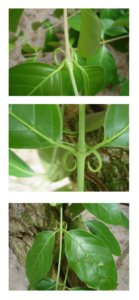 The association of compatible plant crops produces benefits compared to their separate cultivation, in addition to the use of light, water and / or nutrients.
The association of compatible plant crops produces benefits compared to their separate cultivation, in addition to the use of light, water and / or nutrients.
Cat’s claws are plants that grow and develop anywhere, they are resistant and of very little nutritional expenditure, but with great beauty so they could be located in the garden together with other types of succulents.
Although it is noted that there are no studies or research on the type of favorable association of cat’s claw with other plants.
And it must also be considered that, because it is creeping in size and tolerates soils where other plants are difficult to maintain, cat’s claw expands at breakneck speeds and can colonize everything that comes its way.
What pests and diseases attack the cat’s claw plant?
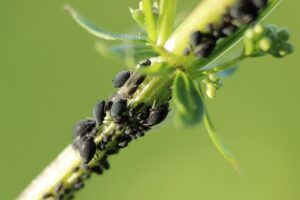 Although cat’s claw plants are considered resistant to pests and diseases, watering and excessive humidity will cause fungus and root and stem rot.
Although cat’s claw plants are considered resistant to pests and diseases, watering and excessive humidity will cause fungus and root and stem rot.
Younger cat’s claw plants are sensitive to the presence of slimy pests and aphids.

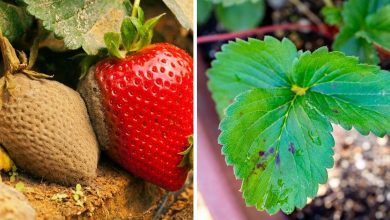
![Photo of Prune Kalanchoe: [Importance, Time, Tools, Considerations and Steps]](https://www.complete-gardening.com/wp-content/uploads/2022/08/prune-kalanchoe-importance-time-tools-considerations-and-steps-390x220.jpg)
![Photo of Dahlias: [Cultivation, Irrigation, Care, Pests and Diseases]](https://www.complete-gardening.com/wp-content/uploads/2022/08/dahlias-cultivation-irrigation-care-pests-and-diseases-390x220.jpg)
